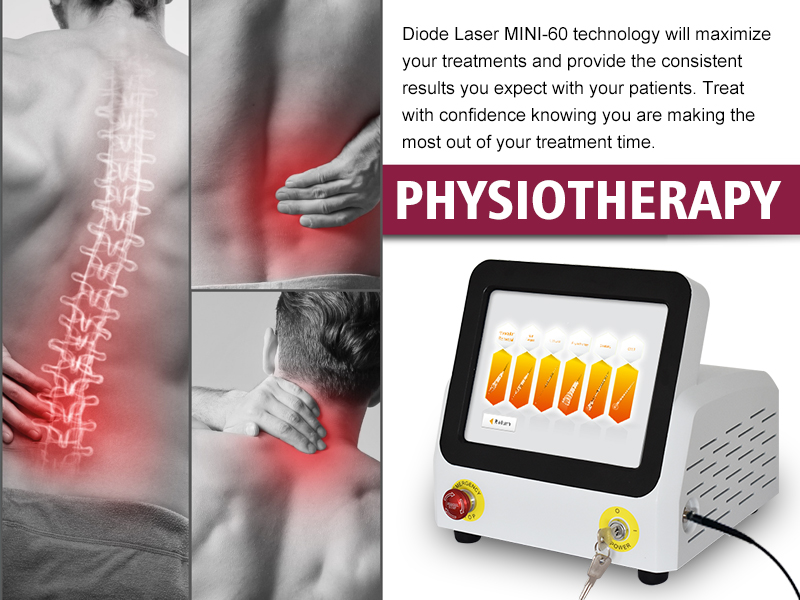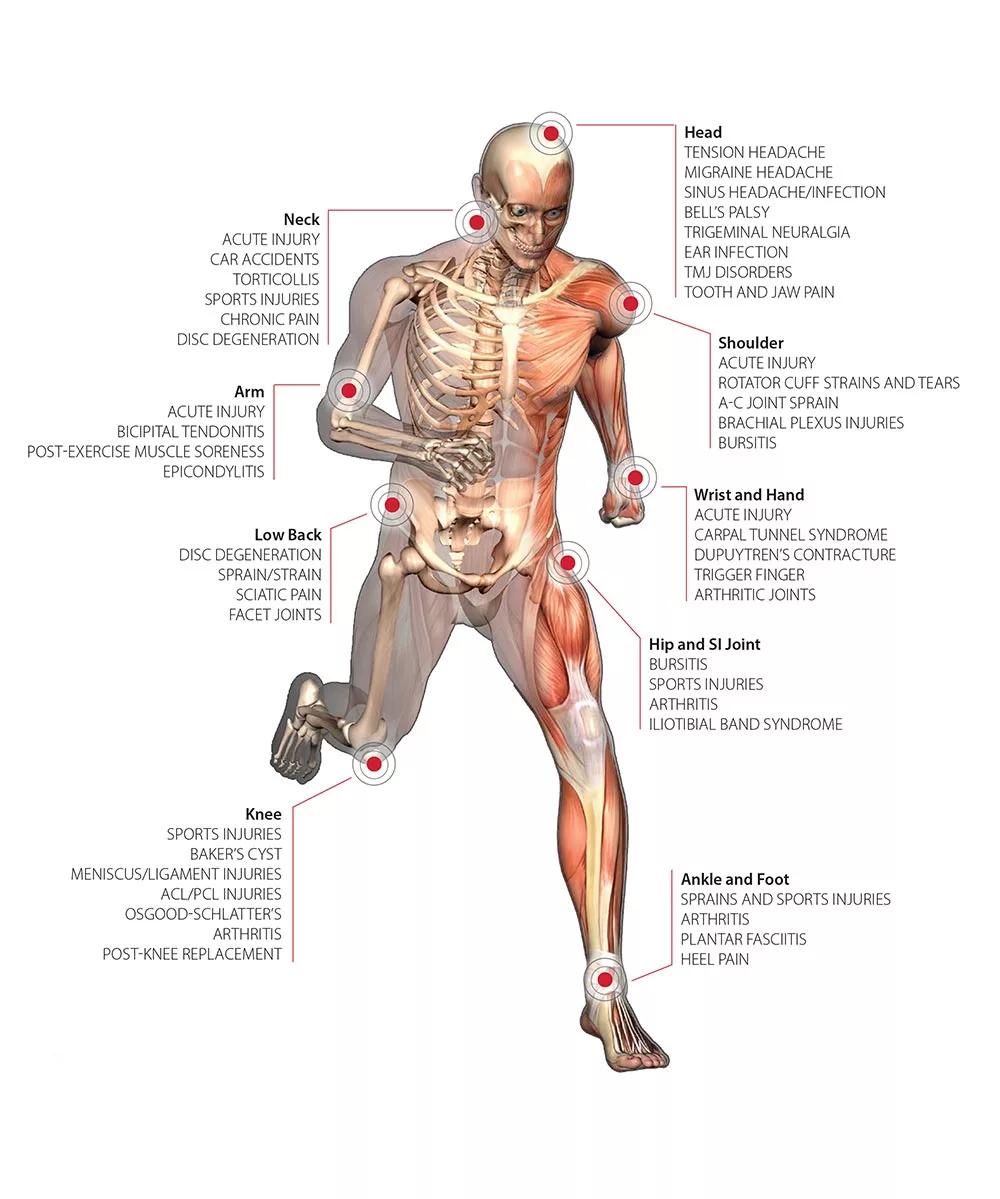A rapidly growing number of progressive health care providers are adding Class IV therapy lasers to their clinics. By maximizing the primary effects of the photon-target cell interaction, Class IV therapy lasers are able to produce impressive clinical results and do so in a shorter period of time. A busy office interested in providing a service that helps a variety of conditions, is cost-effective, and is being sought out by an increasing number of patients, should give a serious look at Class IV therapy lasers.
The FDA approved indications for use of Class IV laser include the following:
*relief of muscle and joint aches, pain and stiffness;
*relaxation of muscles and muscle spasms;
*temporary increase in local blood circulation;
*relief of pain and stiffness associated with arthritis.
Treatment Modes
Class IV laser treatment is best delivered in a combination of continuous wave and various frequencies of pulsation. The human body tends to adapt to and become less responsive to any steady stimulus, so varying the pulsation rate will improve clinical outcomes.14 In pulsed, or modulated mode, the laser operates at a 50% duty cycle and the frequency of pulsation can be varied from 2 to 10,000 times per second, or Hertz (Hz). The literature has not clearly distinguished which frequencies are suitable for various problems, but there is a substantial body of empirical evidence to provide some guidance. Differing frequencies of pulsation produce unique physiological responses from the tissue:
*lower frequencies, from 2-10 Hz are shown to have an analgesic effect;
*mid-range numbers around 500 Hz are biostimulatory;
*pulse frequencies above 2,500 Hz have an anti-inflammatory effect; and
*frequencies above 5,000 Hz are anti-microbial and anti-fungal.
Post time: Oct-09-2024


